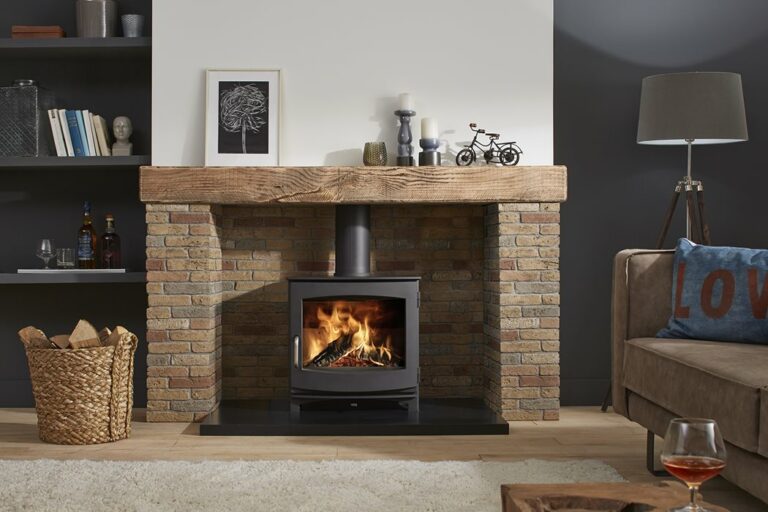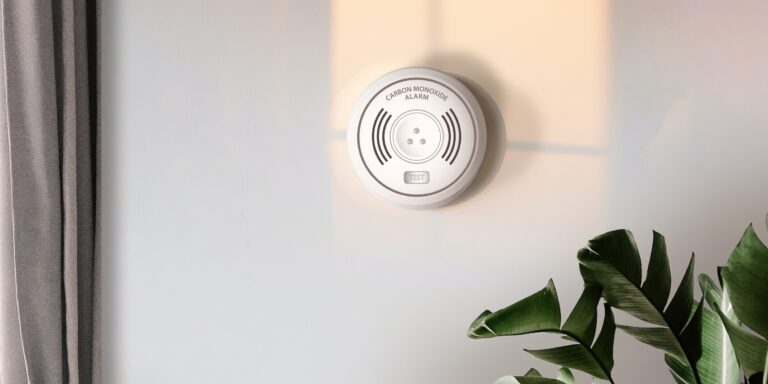
Introducing CSS Worksafe
Introducing CSS Worksafe
HETAS has developed an exciting new partnership with CSS Worksafe to provide functional, cost effective control measures against falls from height when carrying out works on domestic properties. CSS Worksafe has supplied in excess of 50,000 systems and trained over 34,000 operatives in the use of its system since its introduction some 18 years ago.
Adaptable, cost effective protection for work at height
Providing functional, cost effective control measures against falls from height when carrying out minor works on domestic properties can be challenging. But it doesn’t have to be this way.
The Work at Height Regulations (2005) requires that where work at height cannot be avoided, suitable and sufficient measures are taken to “prevent, so far as is reasonably practicable, any person falling a distance liable to cause personal injury”. Where it is not possible to carry out the work from an existing place of work or using an existing means of access to that place of work (unlikely when working on the outside of a domestic property), the employer must provide “sufficient work equipment for preventing, so far as is reasonably practicable, a fall from occurring”.
Collective protection measures must be given priority over personal controls. However, when working at height on domestic properties, providing collective controls such as scaffolding, for relatively short duration tasks, can actually increase the overall risk. Someone has to erect and dismantle the scaffolding, which introduces an additional risk which needs to be controlled. Where tube and fitting scaffold structures are erected at the relatively low level heights associated with typical domestic housing stock, it is unlikely that standard control measures, such as a harness and energy absorbing lanyard will operate within the available clearance distance.
Where uneven ground, a lack of space, a flat roof or other obstructions are present, use of a mobile tower scaffold will be unsuitable. Use of mobile elevated work platforms also require a level surface and clear access to operate, and in the limited instances where they could be considered, hire and delivery charges are generally a prohibitively expensive control measure for a short duration, low risk task.
Where it is not possible or reasonably practicable to provide work equipment to prevent a fall from height occurring, we are required to provide sufficient work equipment to minimise the distance and consequences of a fall.
Often, the only practical option for short duration, light works on domestic properties is a portable leaning ladder. Where ladders are used only for access and egress, or for short duration, light duty tasks that allow the user to maintain ‘a secure hand and foothold’, provided the ladder is secured the risk is low and no further control measures are required.
Where the ladder is being used as work platform, for a task that requires the use of both hands, the risk is high. In addition to securing the ladder a means of either preventing or minimising the distance and consequences of a fall must be employed. As a means of preventing a fall from a portable leaning ladder has yet to be devised, we must use work equipment to minimise the distance and consequences of a fall.
Background
In the late 1990’s CSS Worksafe designed an innovative fall protection and work positioning system for use with a secured portable leaning ladder. The system was developed for the Aerial & Satellite Industry, where engineers are predominantly lone workers engaged in installing satellite dishes and aerials on domestic properties. The system provides fall protection from ground up to the work position plus support at the work position allowing the user to use both hands for the task. The system is designed and tested to be used with leaning ladders and roofer’s ladders, providing the ideal solution for controlling the risk of falls from height, where ladders are used as working platforms. Additional measures to control the risk of working around chimneys supplement the system and extend its capability.
Further developments of the system, during consultation with the Cavity Wall Insulation Industry, led to enhancements which allow the system to be rapidly moved between positions and the working height adjusted, without additional ladder securing fixings being installed. In essence, a whole elevation can be covered from a secured, portable leaning ladder with fall protection, from two small, removable fixings. Controls for accessing and working from flat roofs were developed creating a complete safe system of work for those carrying out minor works at height on domestic properties.
Today we see the system employed by a wide range of trades that work at height on domestic properties. A legal requirement for aerial & satellite and cavity wall insulation, the system has been adopted by many Local Authorities and Housing Associations, as well as roofers and installers of stoves & flues, solar energy collectors, security systems and central heating systems. CSS Worksafe have supplied in excess of 50,000 systems and trained over 34,000 operatives in the use of the system since its introduction some 18 years ago.
Find Out More
The system is available to purchase in standardised kits for ladder work, roof ladder work or flat roof work, and bespoke kits are often developed to meet a client’s specific requirement. Public and dedicated training courses are available, delivered at CSS Worksafe training centres or at client’s site.
To find out more contact CSS Worksafe on 01527 873850 , email info@county-safety-services.com or visit the CSS Worksafe website.
Additional information on Working at Heights and other HSE guidance can be found in the HETAS Technical Hub.
Handbook Supplement
A HETAS Technical Handbook Supplement titled Safe Working at Heights, demonstrating use of the CSS Worksafe system, which can be used in conjunction with CSS Worksafe training courses is available from the HETAS Shop.




